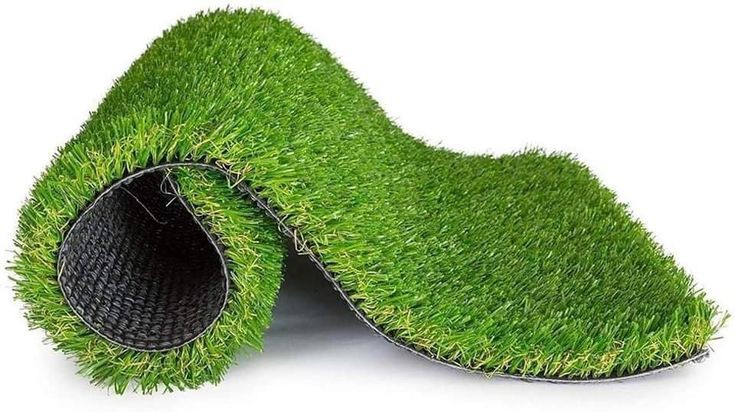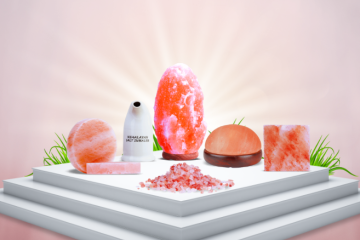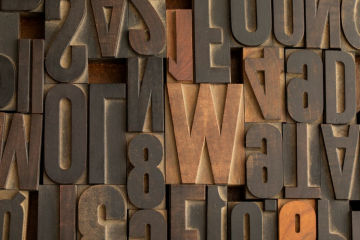Artificial turf has become popular for various applications, from residential lawns to professional sports fields. The science behind turf involves a fascinating blend of materials, technology, and innovation. This combination has significantly improved artificial turf’s look, feel, and durability, making it a viable alternative to natural grass, especially in regions like Tampa, where maintaining a lush, green lawn year-round can be challenging.
The primary component of artificial turf is synthetic fiber, usually made from materials like polyethylene, polypropylene, or nylon. Polyethylene is the most commonly used material due to its softness and natural appearance. It is highly resistant to UV radiation, which helps prevent the fibers from breaking down under prolonged sun exposure. Polypropylene is another popular choice, known for its stiffness and durability, making it suitable for high-traffic areas. While more expensive, nylon is incredibly resilient and can withstand significant wear and tear, making it ideal for heavy-use sports fields.
These synthetic fibers are tufted into a backing material, providing the artificial turf’s structural foundation. The backing is typically made from polypropylene and polyester, offering strength and flexibility. Modern turf features a multi-layer backing system, enhancing durability and drainage. The primary backing holds the fibers in place, while the secondary support, often coated with latex or polyurethane, adds stability and helps secure the fibers.
One of the critical innovations in artificial turf technology is the infill material. Infill is spread between the fibers to provide cushioning, support, and stability. It helps the turf blades stand upright and gives the surface a natural feel underfoot. Various infill materials include rubber crumbs, sand, and organic materials like coconut husk or cork. Rubber crumb, made from recycled tires, is a common choice due to its shock-absorbing properties. Sand infill provides additional stability and is often used with rubber crumb for a balanced surface. At the same time, newer to the market, organic infills offer an eco-friendly option with excellent performance characteristics.
Another technological advancement in synthetic turf is the development of hybrid systems, which combine natural grass with synthetic fibers. These systems aim to deliver the best of both worlds: real grass’s natural appearance and environmental benefits with the durability and low maintenance of artificial turf. Hybrid systems are increasingly popular in professional sports venues, where they provide a consistent playing surface that can withstand heavy use without significant maintenance downtime.
The installation process also plays a crucial role in the performance and longevity of artificial turf. Proper site preparation, including grading and compacting the base material, ensures adequate drainage and a stable foundation. Advanced installation techniques, such as shock pads or underlayments, enhance the safety and comfort of the turf surface. Shock pads are particularly important in sports applications, where they help reduce the risk of injuries by providing additional cushioning and impact absorption.
In Tampa, where the climate can be harsh on natural grass, turf offers a practical and attractive solution. The high temperatures and occasional drought conditions in this region make it challenging to maintain a healthy lawn. Synthetic turf eliminates the need for constant watering, mowing, and fertilizing, making it an eco-friendly and cost-effective alternative. Additionally, modern turf is designed to withstand the intense sunlight and heat typical of the climate, ensuring it remains vibrant and functional year-round.
In recent years, ongoing research and development have led to further innovations in artificial turf. Advances in fiber technology have produced turf with enhanced durability, UV resistance, and natural appearance. Manufacturers are also exploring new materials and designs to improve the sustainability and recyclability of artificial turf products. For example, some companies are developing biodegradable backing materials and infills, reducing the environmental impact of synthetic turf at the end of its life cycle.
The science behind artificial turf involves a sophisticated interplay of materials, technology, and innovation. Developing high-quality synthetic fibers, advanced backing systems, and innovative infill materials has revolutionized the turf industry, providing a durable, low-maintenance alternative to natural grass. In regions like Tampa, where maintaining a lush lawn can be challenging, synthetic turf offers a practical and aesthetically pleasing solution. As research and development continue, we can expect even more exciting advancements in artificial turf technology, further enhancing its performance, sustainability, and appeal.



